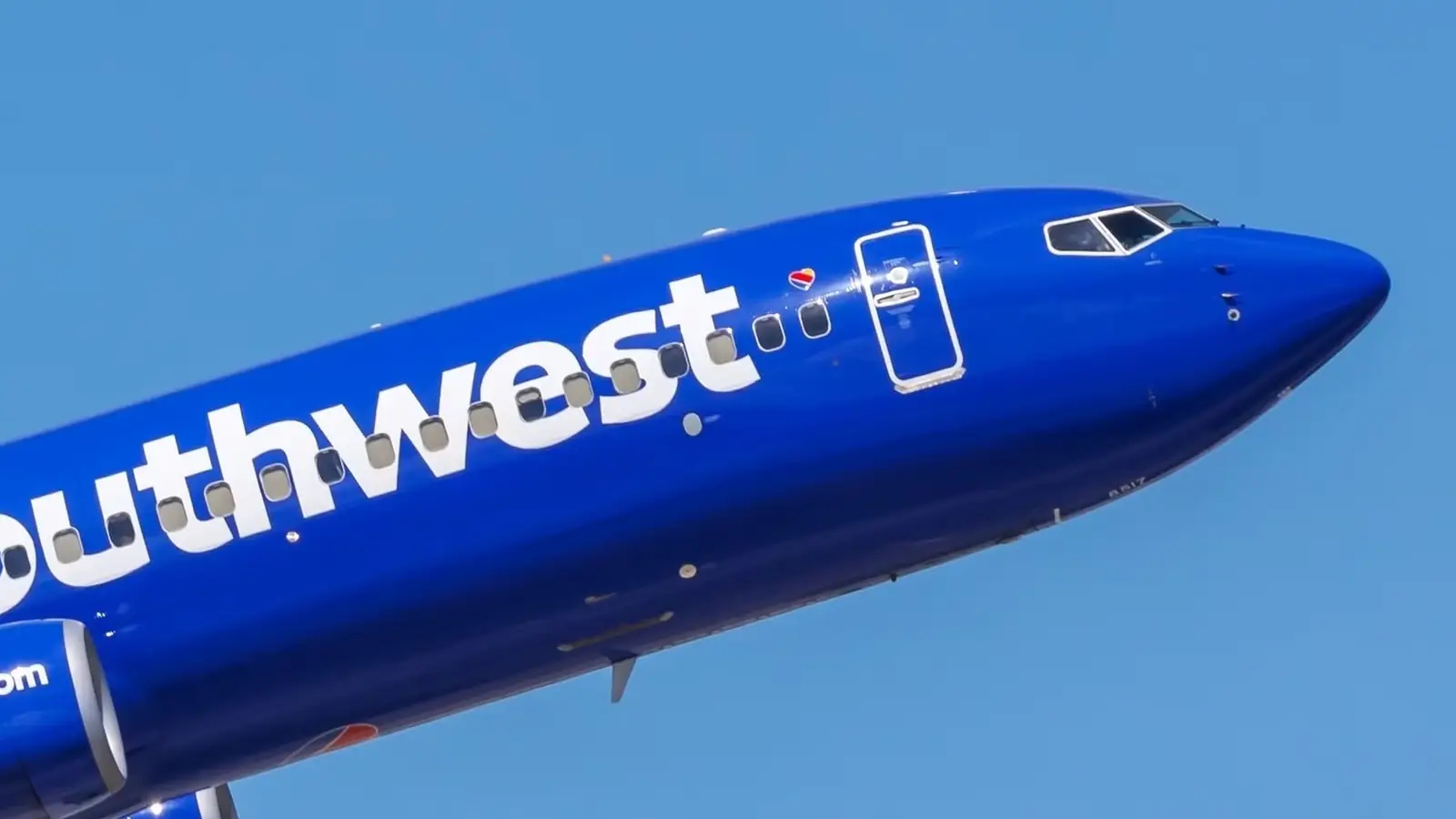
Nashville International Airport’s air traffic control tower is severely understaffed, and it is extensively reliant on out-of-date control systems. Experts have continued to warn that the safety risks are exceptionally high, especially amid record traffic. On August 16, controllers had to order an American Airlines flight to go around after a runway incursion risk was identified, and this is just the latest in a long list of high-profile near-misses.
Nashville International has fewer certified controllers today than it did in 2015, and its current numbers fall below the Federal Aviation Administration (FAA) minimums per shift. There have been reports of a toxic, overtime-centered culture forming in the tower. Nationally, the FAA is looking to hire more controllers, but these initiatives take a lot of time, and training takes years. Originally built in 1982, Nashville’s tower is notorious for blind-spot visibility issues. A replacement project (which is currently underway) is currently priced at $12.5-$25 million.
A Brief Overview Of The Situation At Hand
BNA’s control tower is staffed by around 30 certified controllers, but it often shifts beneath the FAA’s mandated 12-per-shift minimum. This has occurred despite a recent staffing trigger that was designed to reduce workloads, creating a toxic burnout culture. Staffing levels, on average, are eleven controllers below FAA minimums and two controllers below the tower’s figures from as recently as 2015.
At the same time, Nashville’s airspace has expanded by five miles, and traffic recently hit records, giving BNA controllers more responsibility and more to manage than ever before. Recent headlines highlight the pressure that these safety concerns are placing on the airport. In a recent statement published by The Tennessean, a retired BNA air traffic controller had the following words to share regarding the state of affairs in the tower:
“It’s like a ticking time bomb. Sooner or later, something has to go wrong.”
What Does All Of This Mean For Airlines And Passengers?
For passenger airlines, chronic controller shortages and aging technology in the tower mean that there will be tighter operating constraints at Nashville International. More ground-delay programs and overall miles-in-trail from the Federal Aviation Administration (FAA) will force airlines to alter their schedules, use extra reserve crews more often, and use fuel less efficiently.
Irregular operations increase costs for airlines, with these disruptions ultimately harming important reliability key performance indicators such as on-time arrivals and completion factors, especially during severe weather events. For passengers, more variability can be expected. This includes occasional go-arounds, longer taxi or hold times, rolling delays, missed connections, and even tighter same-day rebooking inventories.
From a perspective of passenger safety, concerns are also large. The margin of error lowers as traffic increases, and lower staffing levels in air traffic control towers are undeniably a major cause for concern. In the near term, airlines may choose to retime flight banks and trim peak flight operations. However, the threat of any kind of catastrophic incident undeniably looms large, becoming even more of a threat as passenger numbers at the control tower only dwindle further.
What Are The Potential Solutions To This Problem?
There are a few different ways to resolve this issue, or, at very least, begin to improve the situation in a non-trivial capacity. Legacy operators are looking for improved reliability from control towers, and passengers are expecting safe operations.
For starters, the Federal Aviation Administration needs to focus on hiring as many trained and talented controllers as quickly as possible. At the same time, the organization needs to improve the quality of life for controllers, likely through improved compensation packages or other benefits.



